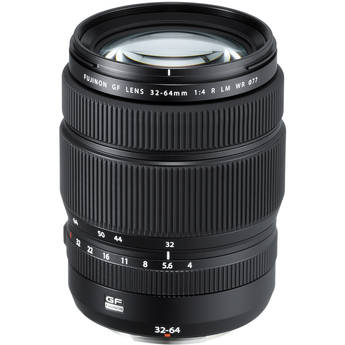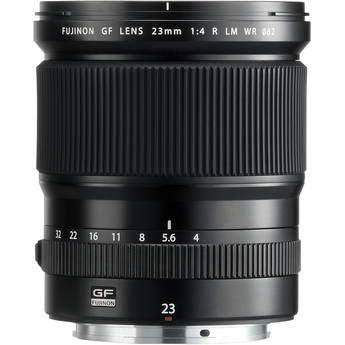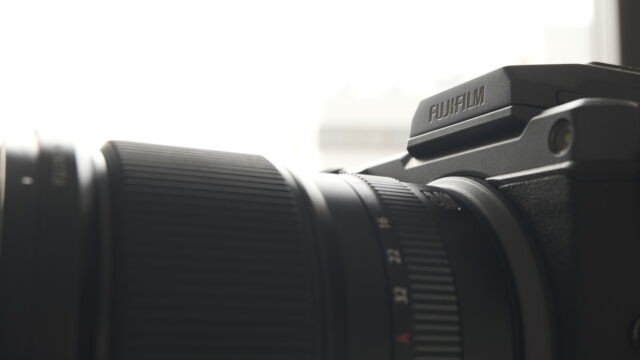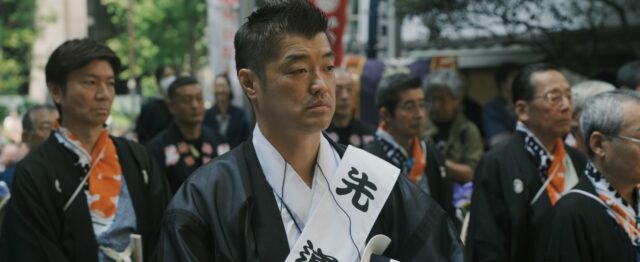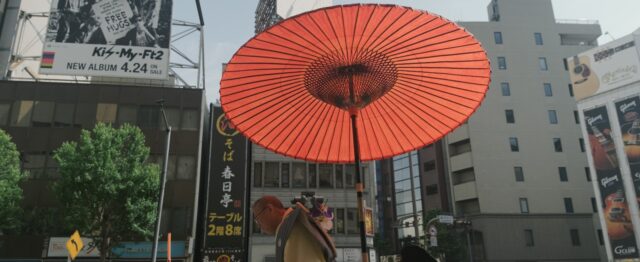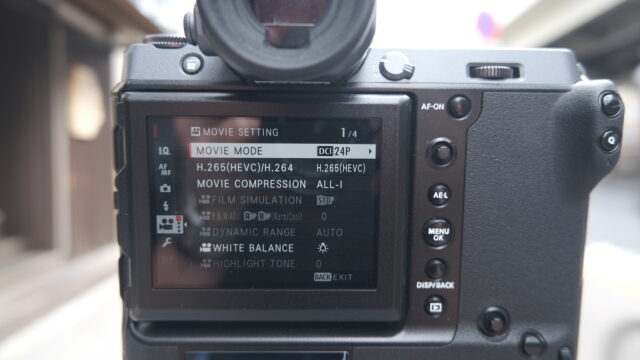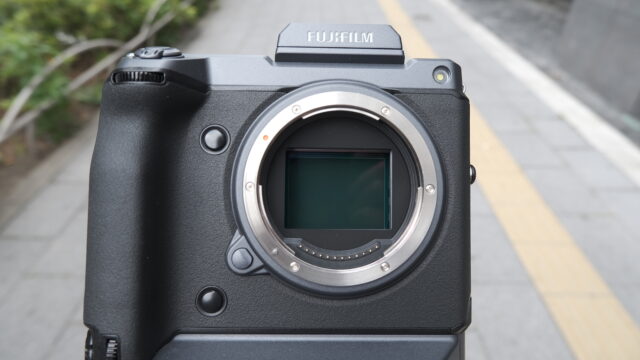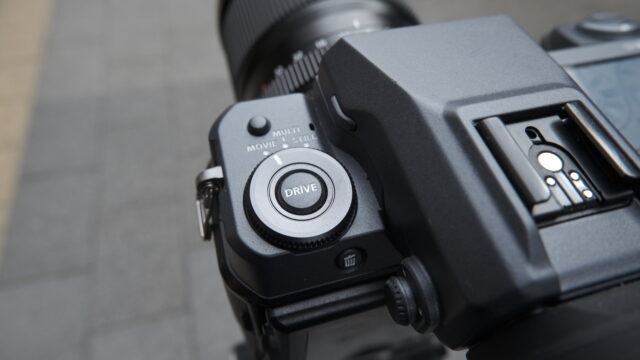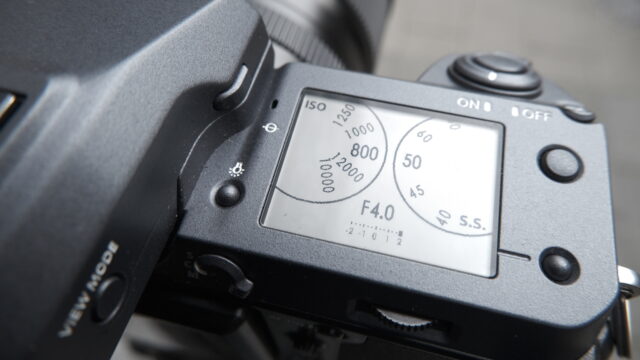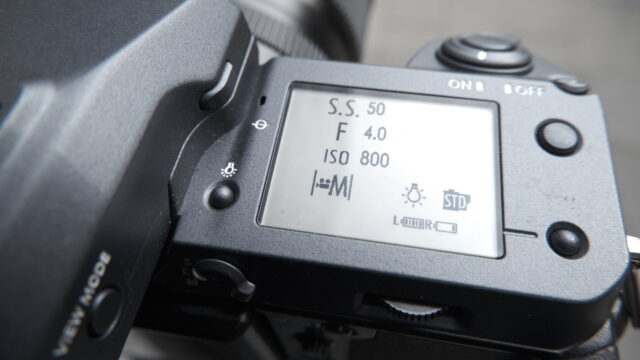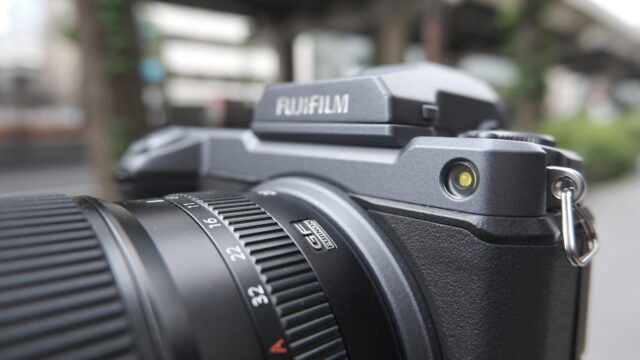FUJIFILM GFX 100 Introduced – Our First Impression and Sample Footage
Music Courtesy of MusicVine.com Get 25% off your next music license with code C5D25 (valid for one use per customer)
The FUJIFILM GFX 100 mirrorless digital camera was just officially introduced, promising to be the first 100 megapixels Large Format sensor camera, capable of shooting 4K video and having fast autofocus, In Body Image Stabilization (IBIS), 10bit internal video recording and much more.
Back in September 2018 during Photokina, the largest photo exhibition in the world taking place in Cologne, Germany, FUJIFILM made a development announcement, promising to bring their new flagship large sensor camera to the market during the first half of 2019. The aim of FUJIFILM was to develop a camera capable of producing high quality photos and videos for an affordable price. Now, I’m perfectly aware that the term “affordable” is a very flexible one and what might be financially manageable for some won’t be acceptable for others, but lets summarise this topic by saying that similar devices from other manufactures might cost as much as 3 times more and when it comes to filming, none of them are actually made with the production of videos in mind. ( Hasselblad H6D-100c is a good example of a filming device known for its complex operation and hefty price tag). The FUJIFILM GFX 100, on the other hand, was built from the ground up to accommodate the needs of professional photographers and filmmakers alike.
A Word Concerning This First Impression Video/Article
I was lucky enough to put my hands on a very early pre-production model for about 12 hours and I would like to emphasise the following:
- The image quality shown in the video above is NOT final. When I got it to play with, the Autofocus system and IBIS where not fine-tuned for optimal use (yet) and I certainly had to adjust my style of filming according to the technical circumstances.
- This is by NO means a review! It is truly only a first impression report, something that I can share with our curious audience at a relatively early stage.
- It is unfortunate that I received a very limited number of batteries with me for those 12 hours, so I did not really have the chance to explore the lowlight capabilities of the new camera.
- A proper review including more lowlight images and a Dynamic Range test will follow soon, please stay tuned!
FUJIFILM GFX 100 Video Capabilities
The GFX 100 is the first to combine a few interesting technologies with each other. The heart of the camera is a newly developed, back illuminated, 102 megapixels, 43.8 x 32.9 CMOS image sensor (Approximately 1.7 times larger than a 35mm Full Frame sensor). Behind you will find the “X-Processor 4” image processing engine (The same that runs the X-T3). The phase detection autofocus system covers 100% of the image sensor, allowing fast accurate tracking. The five-axis IBIS mechanism was developed from the ground up to allow handheld “shake free” operation (More on that a bit later). The result is a filming device that can capture images in DCI 4K at a maximum of 4096 × 2160 resolution in up to 30 frames per second, All Intra, 10bit, 4:2:0, H265 internal recording to a fast SD card (There are dual SD slots). On top, NO recording time is imposed and even more important, in 4K video mode the image is NOT cropped and the camera is using its full sensor size! (What is absent is higher frame rate recording like 120fps in HD). Combine it with FUJIFILM’s ETERNA film simulation picture profile or depending on your production needs, their F-Log or HLG settings, and you get an extremely powerful camera that can help creating a unique look. (By The Way, for even more robust 4:2:2 color sampling results, output the video signal via the HDMI connector to an external recorder).
FUJIFILM GFX 100 in a nutshell
If you have followed the development of FUJIFILM’s cameras in recent years, you may know that the company was very clear in announcing that it will NOT be producing Full Frame cameras to go alongside their successful X-T3 and X-T30 APS-C sensor size camera line, but instead, they will produce Large Format cameras and by doing so, highlight themselves in this already very crowded field. By the way, somehow I prefer to use the term “Large Format” instead of “Medium Format” as this word always raises a debate about the camera eligibility to be called “Medium”when compared to other medium format sensors, made by other manufacturers. At least we can all agree that the GFX 100 44x33mm sensor size is MUCH larger than the traditional Full Frame one (36 x 24mm) and speaking of which, when comparing physical sensor sizes, the ARRI ALEXA LF family of cameras has a sensor size of 36.70 x 25.54 mm only….
For now, I would also like to delay the conversation questioning the need for 100 megapixels and Large Format sensor for shooting video, simply for the following reasons: This format, its video capabilities and price point are relatively new. It would be interesting to discuss this topic after more creative people have actually used the camera, shared their captured images and hear their observations in regards to the visual impact such a device has.
The other reason is more pragmatic. From that point onward, Large Format for shooting video is here to stay and will probably be followed by additional models at an even more affordable price sooner than we can imagine. I’m basing my assumption on the fact the FUJIFILM is already in their second generation of Large Format cameras, dedicated to photographers (GFX 50S and GFX 50R) and the price reduction on the later model was significant, so with the addition of the new GFX 100, FUJIFILM is actually securing their commitment to developing large sensor cameras and, on the other hand, leaves a window for bringing such a spec-rich camera to the broader crowd.
The FUJIFILM GFX 100 in the Field
FUJIFILM was kind enough to let me run with an early pre-production camera for about 12 hours and, let me tell you, I cautiously want to say that we have a “game changer” filming device here (I hate this “Game Changer” word, as it is being used so freely – especially by manufacturers – on every second device for marketing purposes…) This case is different. From a pure picture quality perspective, the GFX 100 produces a very pleasant, robust and convincing picture. It is clean and sharp, yet has a strong “identity”. It was of course too early to test it in our DR laboratory, but from what I’ve experienced, the highlights roll off is very pleasing and the tolerance between the brighter vs. the darker parts of the image looks very promising! The above sample images were shot in F-Log at ISO 800 (Native) and were color corrected by levelling the image to REC 709 first, and then putting one of Lutify me LUTs on top. Besides the impressive picture, what really strikes me is the IBIS performance. True, at the time of filming it was not 100% functional yet, BUT it was doing a REMARKABLE job in stabilising the video. I’m truly looking forward to seeing the end results after it will be “fine tuned” before starting production. The same goes for the phase detection autofocus system. In its current stage, it was not entirely optimised but showed a glimpse of how effective and fast it can be. What I also liked was the battery performance. Overall, I could freely work with the camera for a few good hours, BUT, I’ll need to spend more time with the camera in order to have a definite idea about battery performance in general.
Now, when it comes to ergonomics, I have mixed feelings, due to my personal preference. This camera is a beast! There is no way you will be ignored or mistaken for having a hobby only… There is simply no way one can work “undercover” with it. Personally, I don’t like having a permanent camera grip attached to the body, as it simply makes the camera bigger, but in this case, I can understand why FUJIFILM chose to do so.
In terms of dials the camera is rather minimalistic, and because its menu was not finalised when I filmed with it, I was not able to assign buttons to my convenience, so it is too early for me to say if functionality is affected by having less dials and buttons to play with. On the other hand, running for 12 hours with the camera (And when I write “running”, I literarily mean it) was a pleasant experience. Even in my small hands it felt very comfortable and, more importantly, very balanced (I worked with both, the FUJIFILM GF23mm F4 R LM WR and GF32-64mm F4 R LM WR lenses). The attached TL1 EVF 5.76 Million dots) is very clear and bright and the touch LCD screen is fine too. There is also a new “top panel LCD”, which I guess can be valuable after getting used to working with it. (The functionality of the LCD is changeable and one can select between “information” or “virtual dial mode”. There is also a new sub LCD just under the rear LCD which can nicely display valuable information
When it comes to audio, the camera offers “standard connectivity” and features the same audio menu that can be found on the X-T3 (Which, I believe, is one of the better ones, if not the best that can be found in mirrorless cameras).
Conclusion
It is a bit too early to really come up with a definite conclusion, but the new FUJIFILM GFX 100 is a unique camera that features lots of new technologies, combined. We will get the camera again soon – with its final firmware – so please bear with us while we conduct the full review.
Last but not least, for the last 8 months cinema5D has followed the development and birth of the new camera and soon we will publish our 2-part mini documentary. Hope you will enjoy what you are about to see…
The camera will be available for purchase at the end of June 2019 for around $10,000.
The above video was shot on a FUJIFILM GFX 100 pre-production model at 4K DCI, 24p, H265, All Intra, at 400Mbps. Edited with LOTS of pain in Adobe Premiere CC (latest edition) and graded with Lutify me.
Music is curtesy of MusicVine. Get 25% off your next music license with code C5D25 (valid for one use per customer).
What do you think about shooting 4K video with a large sensor camera? Do you have any interest in exploring that new field? Share with us your thoughts in the comment section below.
